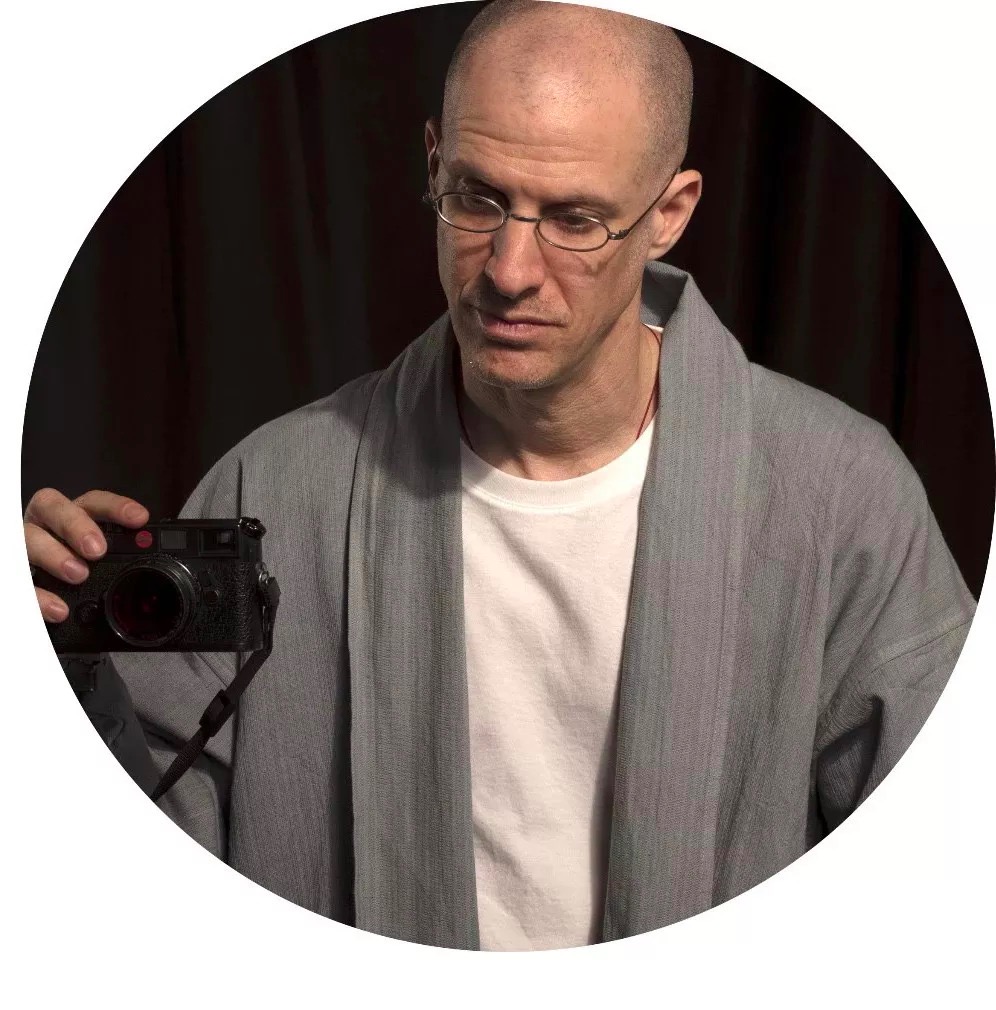Michael Cherney’s Ten Thousand Li of the Yangzi River series are on display at the Metropolitan Museum
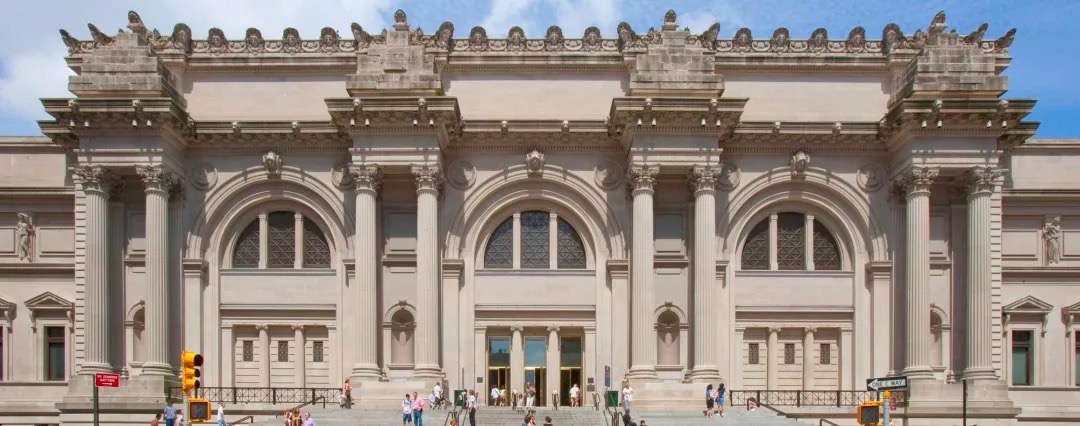
This exhibition, which showcases more than 120 Chinese landscape paintings in four rotations, offers insights into the tradition, revealing distinctions between types of landscape that might not be obvious at first glance.
Drawn primarily from The Met's holdings and supplemented by a dozen private loans, the presentation is augmented by decorative art objects with landscape themes.
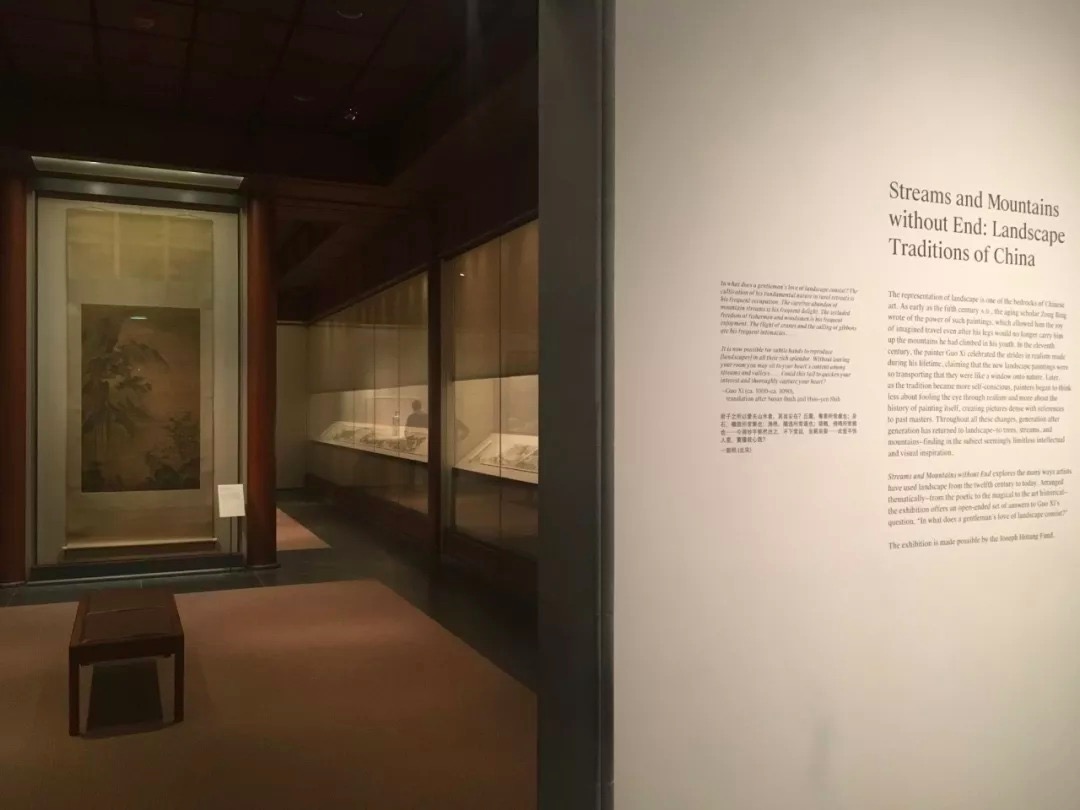
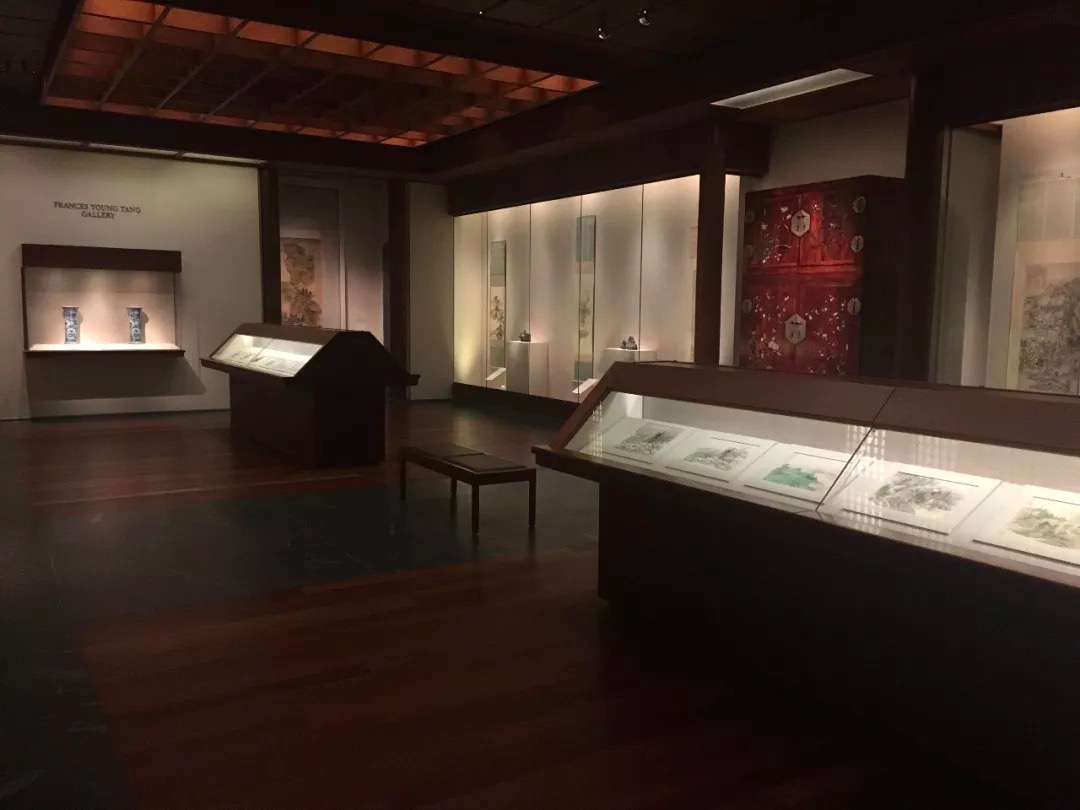
The third rotation of the exhibition is drawn primarily from the Met’s holdings, featuring such classics as Wen Zhengming’s Recluse Playing the Zither in the Shadow of the Pines, Wang Shang gong’s Paragons of Loyalty and Filial Piety, Gong Xian’sLandscapes with Poems and Wang Yuanqi’s Wangchuan Villa. The exhibition also showcases a few hard-to-see paintings loaned from private collections, including Wen Zhengming’s Yuan An Sleeping through the Snow, Lan Ying’s Luxuriant Mountains and Woods and Bada Shanren’s album Pictures of Celestials Light and Cloud Shadows.
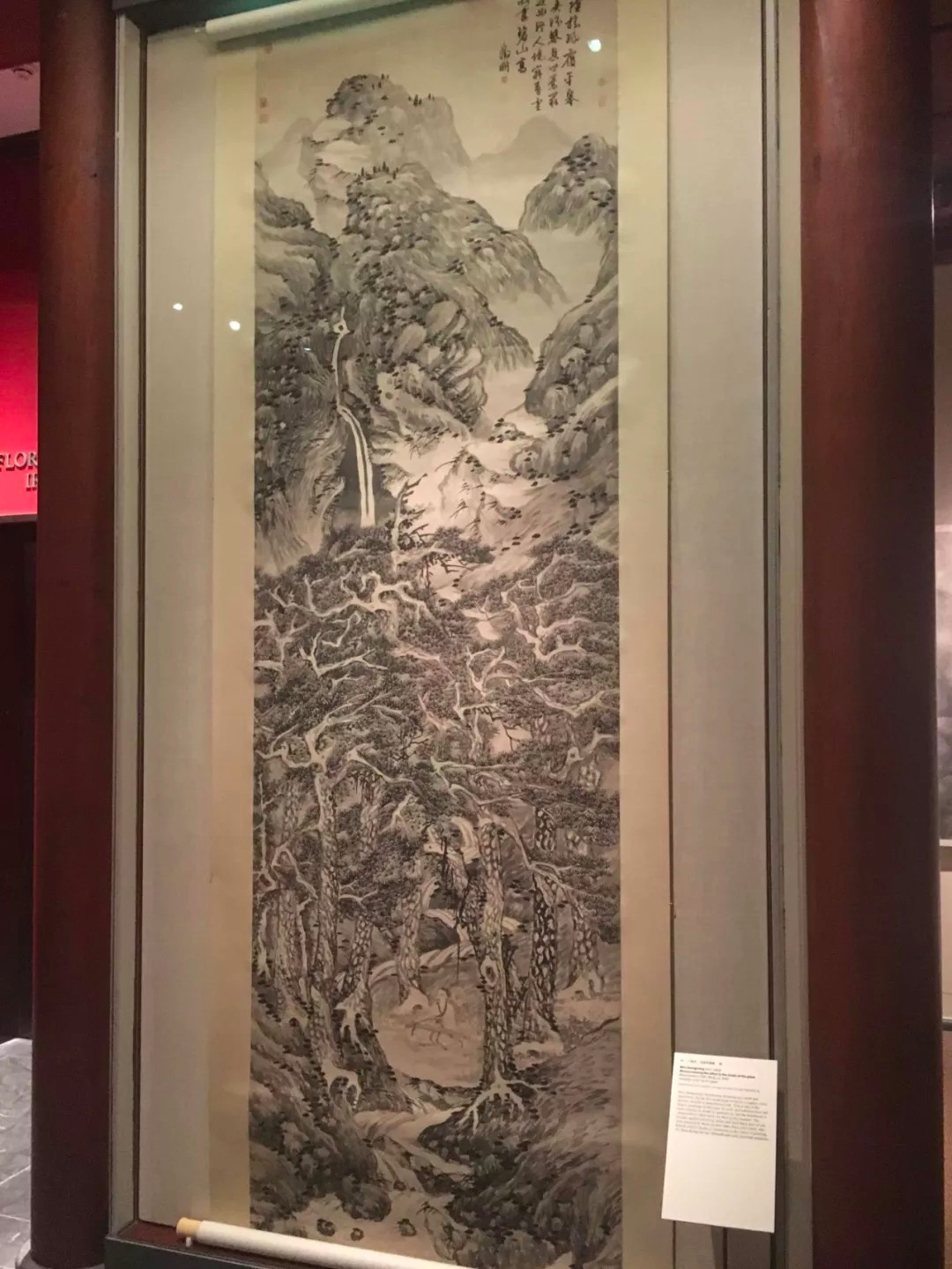
Wen Zhengming (Ming dynasty), Recluse Playing the Zither in the Shade of the Pines, Hanging scroll
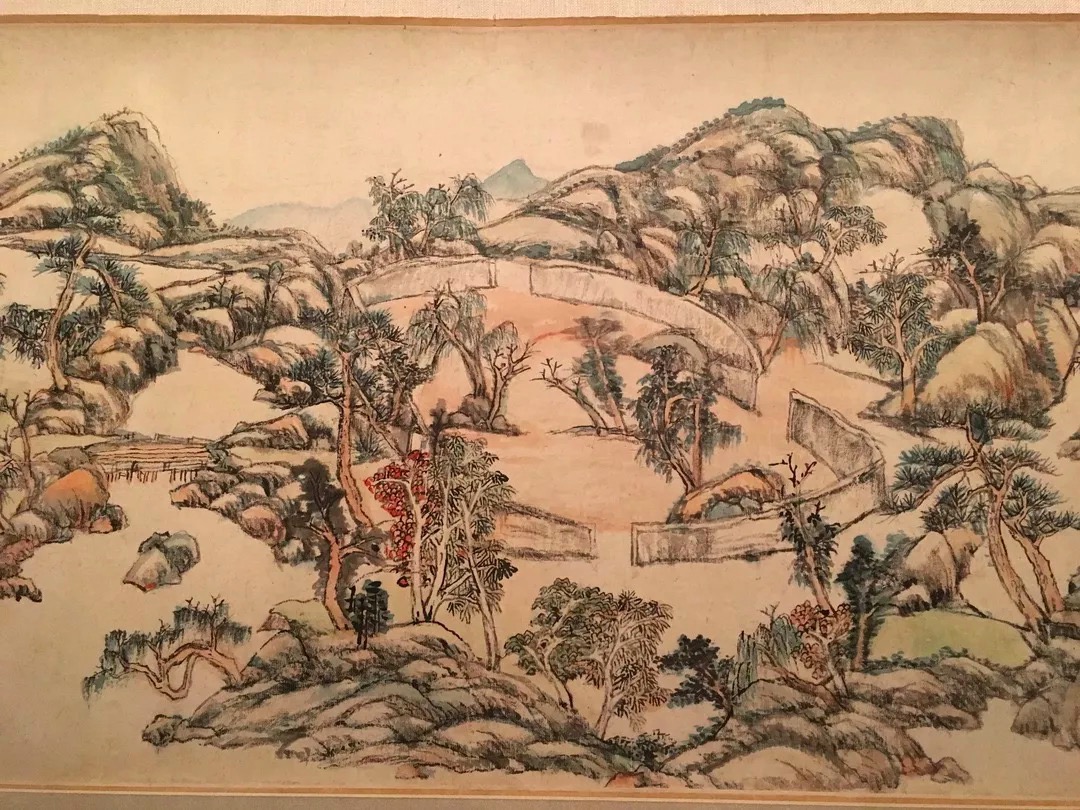
Wang Yuanqi (Qing dynasty), Wangchuan Villa (excerpt), Handscroll
The final room (Gallery 216) in the exhibition is entitled “the Riverscape.” It is occupied on one side by Ten Thousand Li of the Yangzi River, formerly attributed to Xia Gui (Song Dynasty) and now attributed to an unidentified artist from Ming Dynasty. The other side of the room is occupied by Michael Cherney’s three handscrolls from his Ten Thousand Li of the Yangzi River series ̶ Panzhihua, Yuezhou and Haimen ̶ which serve as a contemporary coda to a classical painting show.
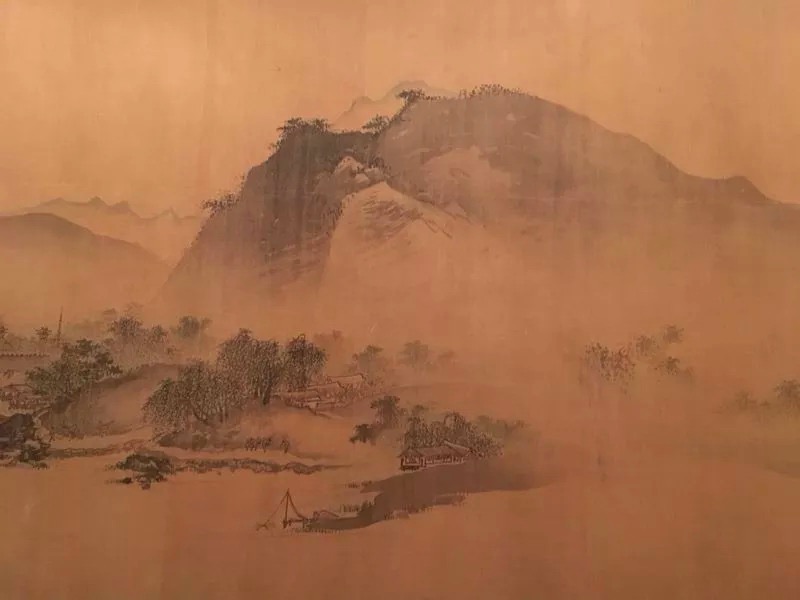
Unidentified artist (Ming dynasty), Ten Thousand Li of the Yangzi River (excerpt), Handscroll
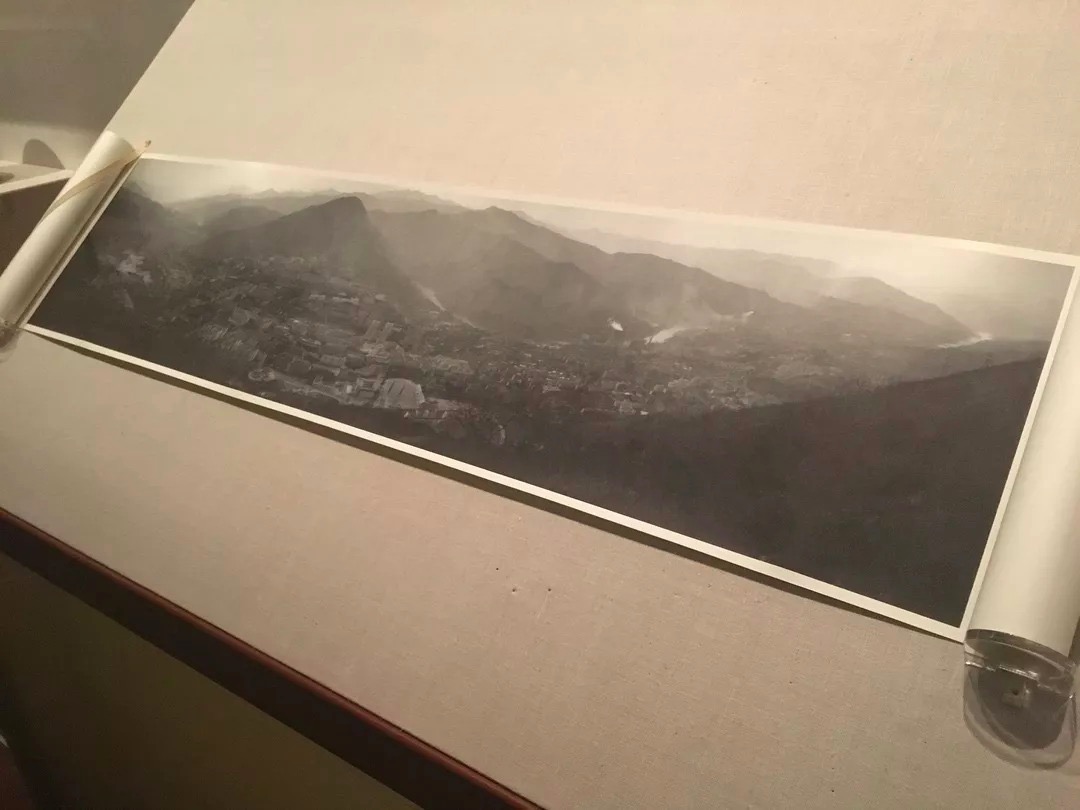
Michael Cherney, Ten Thousand Li of the Yangzi River: Panzhihua (right), Yuezhou(middle), Haimen (left).
The series was inspired by classical paintings of the river, in particular a Song period handscroll housed at the Freer Gallery of Art in Washington, DC. From 2010 to 2015, Cherney embarked on a series of journeys following the course of the river from source to sea, revisiting historical sites to connect with cultural legacies as well as to record the river’s present-day condition. Over the course of the series, which consists forty two handscrolls, the grand landscapes of western China transition to scenes dominated by industry in the east.
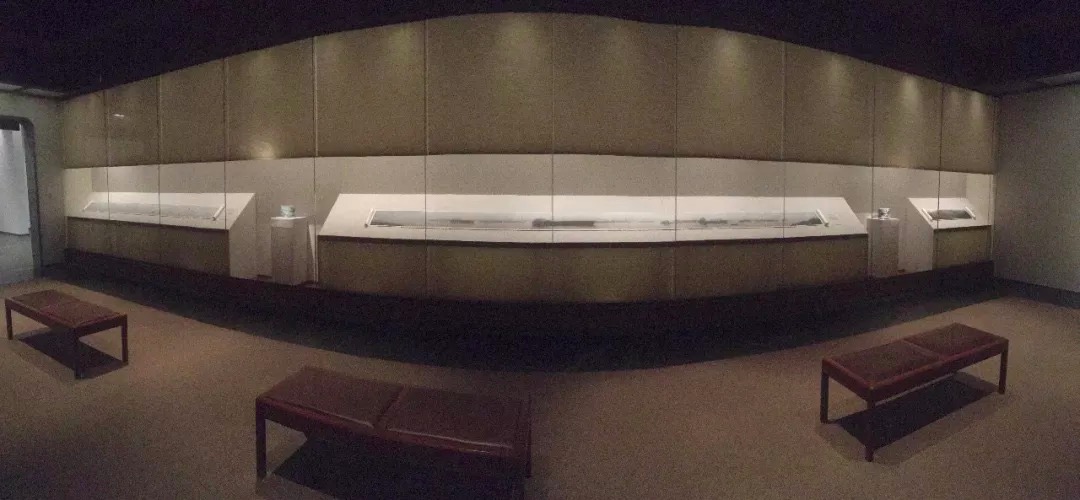
Michael Cherney, Ten Thousand Li of the Yangzi River: Panzhihua, Handscroll, Photography, Ink on Mitsumata paper
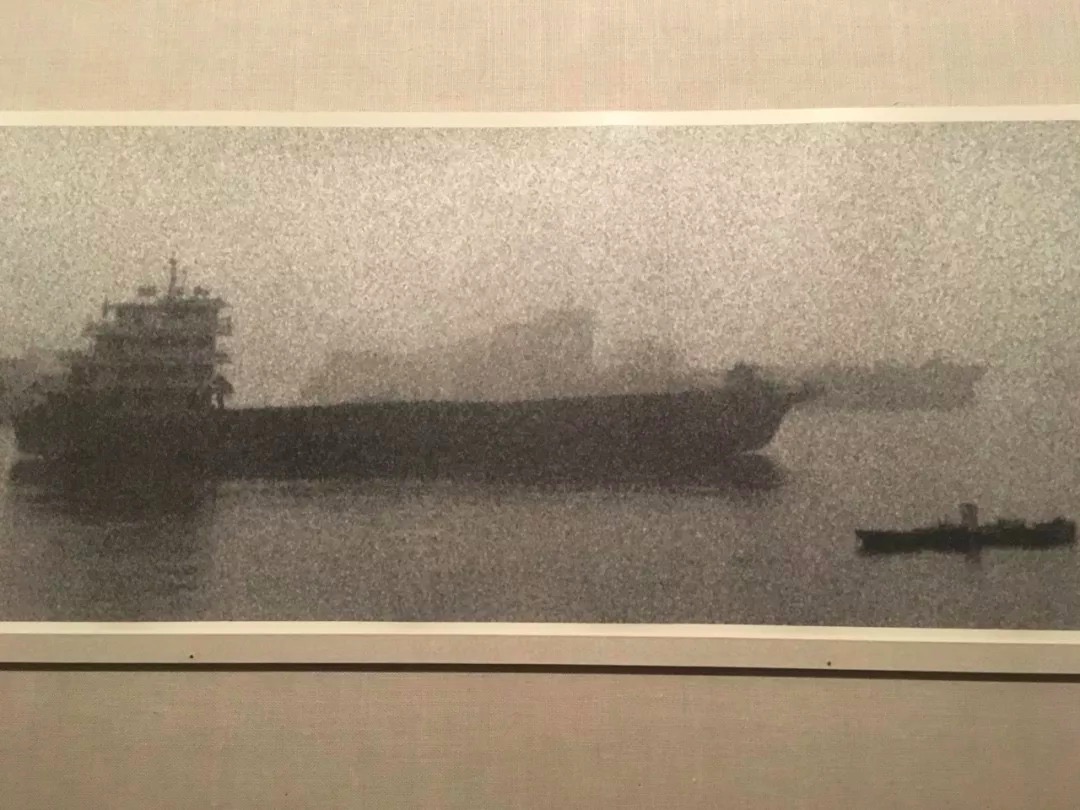
Michael Cherney, Ten Thousand Li of the Yangzi River: Yuezhou (excerpt), Handscroll, Photography, Ink on Mitsumata paper
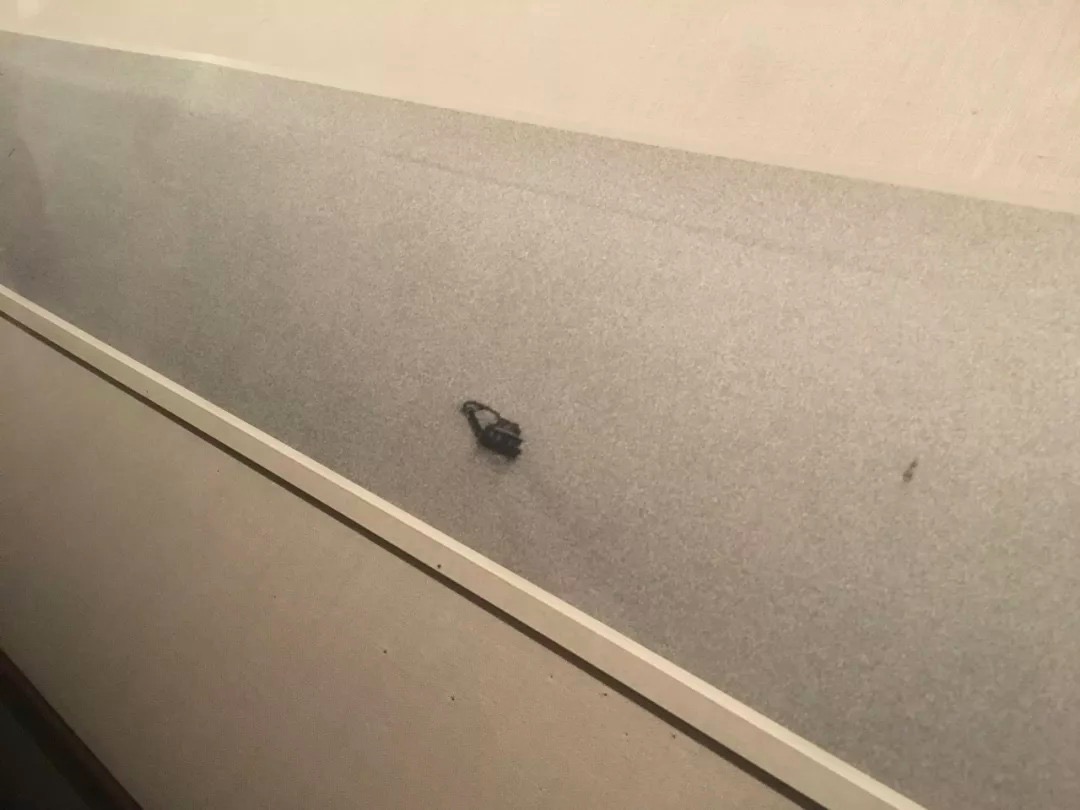
Michael Cherney, Ten Thousand Li of the Yangzi River: Haimen (excerpt), Handscroll, Photography, Ink on Mitsumata paper
○
Exhibition Information
Streams and Mountains without End: Landscape Traditions of China
Duration: Rotation 3, August 25rd, 2018 – January 6th, 2019
Location: The Metropolitan Museum of Art, New York, USA
Michael Cherney's first solo show in Beijing in over ten years "The Heart-Mind Learns From the Eyes – The Art of Michael Cherney" will be open on September 23rd this year. Including the series Map of Mountains and Seas, Three Views of Yellow Earth, Twilight Cranes, Shadow Curtains and Wordless Stele, many works in this exhibition have never been shown in China. On October 13th, the artist will give a lecture entitled "Those Waters Giving Way" to share his understanding of art with audiences about the works in this exhibition as well as the exhibition "Streams and Mountains without End: Landscape Traditions of China" in the Metropolitan Museum of Art.
The Heart-Mind Learns From the Eyes – the Art of Michael Cherney
Opening: 17:00, September 23rd, 2018
Lecture:16:30, October 13rd, 2018
Duration: September 23rd – November 25th, 2018 (10:00-18:00 Closed on Mondays)
Location: Three Shadows Photography Art Centre (155A Caochangdi, Chaoyang District, Beijing 100015)
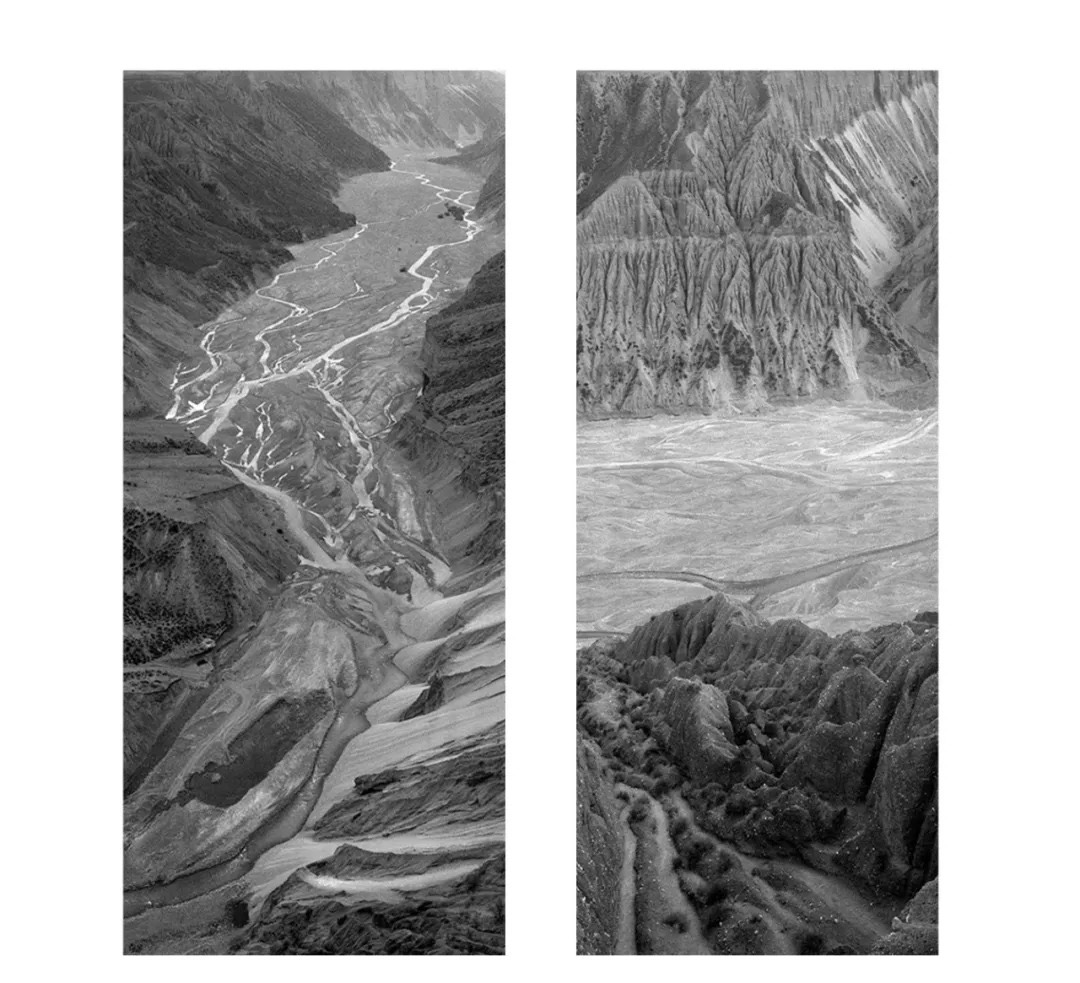
Michael Cherney, Map of Mountains and Seas #18 (left),
Map of Mountains and Seas #19 (right), Photographic print on Mitsumata paper
○
At the same time, Michael Cherney's work Twilight Cranes is showing in the Getty Center Research Institute Gallery.
Artists and Their Books
Duration: June 26th – October 28th, 2018
Location: Getty Center Research Institute, Los Angeles, USA
